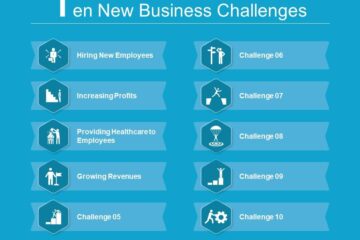
Crude oil prices started Friday in volatile territory after the U.S. government reported the economy added more jobs in July, though key metrics were unchanged.
Crude oil prices rallied during the latter half of the week after a brief dip below $40 per barrel. Federal U.S. data show a mixed picture for a market trying for balance between supply and demand, a situation evident by strong intra-day swings in crude oil prices.
Oil turned negative in overnight trading, recovered briefly before the opening bell on Wall Street and then slipped again after the U.S. Commerce Department reported jobs data for July.
The price for Brent crude oil was relatively unchanged from the previous close to start trading at $44.21 per barrel. West Texas Intermediate, the U.S. benchmark for the price of oil, lost 0.2 percent to open at $41.38 per barrel in New York.
Private payroll processor ADP reported gains in employment in July. Official date from the U.S. Bureau of Labor Statistics show 255,000 jobs added to payrolls in July, though the overall unemployment rate was unchanged at 4.9 percent.
The trajectory for crude oil prices may be influenced later in the day when oilfield services company Baker Hughes releases weekly data on rig activity. A loose metric on exploration and production trends, the company already reported a net gain for July, with Canada showing a dramatic recovery in the wake of the May wildfires that curbed output there.
The recovery in rig activity may give support to comments from energy companies who said in their second quarter earnings reports that production could increase during the latter half of the year as market prices hold steady.
Further influence for oil prices by way of demand pressures may be apparent in U.S. jobs data showing the number of long-term unemployed, those without a job for 27 weeks or more, was unchanged over the month. That figure accounts for about a quarter of the unemployed in the United States.
[Source:- UPI]




